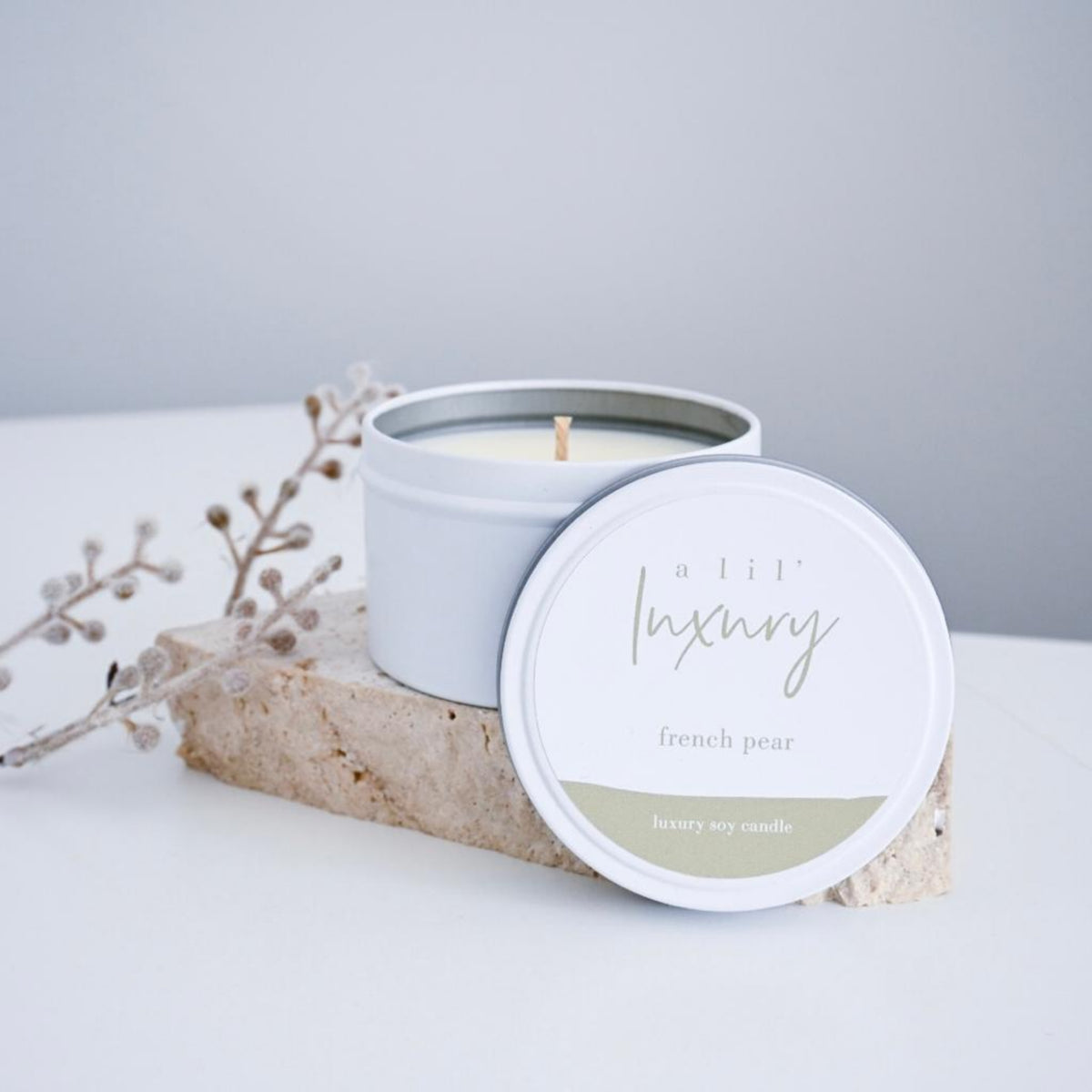Infuse Your Home with the Fragrance of Crystal Soy Candles and Home Fragrance
Infuse Your Home with the Fragrance of Crystal Soy Candles and Home Fragrance
Blog Article
From Wick to Wax: Understanding the Chemistry Behind Soy Wax Candles and Their Environmental Influence
As we illuminate our rooms with the warm radiance of candle lights, there lies a realm of complex chemistry behind the relatively easy act of lighting a soy wax candle light. Join us as we unwind the scientific intricacies behind soy wax candles and discover their implications on our environment.
Soy Wax Vs. Paraffin Wax
When contrasting soy wax and paraffin wax for candle production, it is important to recognize the distinctive attributes and advantages of each product. Soy wax is a natural, renewable energy derived from soybean oil, making it environment-friendly and biodegradable - soy wax candles. In comparison, paraffin wax is a result of petroleum refining, which increases issues about its ecological impact and sustainability
Soy wax candle lights melt cleaner and release less soot contrasted to paraffin wax candles, making them a much healthier option for indoor air top quality. In addition, soy wax has a reduced melting point, permitting a longer-lasting candle that distributes scent better. Paraffin wax, on the various other hand, often tends to shed faster and less easily, possibly launching harmful chemicals into the air.
From a sustainability point of view, soy wax is favored for its biodegradability and renewable sourcing, lining up with the growing consumer choice for environmentally aware products. While paraffin wax has actually been a typical selection in candle light making due to its price and simplicity of use, the change in the direction of environmentally friendly options like soy wax is acquiring momentum in the industry.
Chemical Composition of Soy Wax

Burning Process in Soy Candles
The chemical make-up of soy wax directly influences the burning process in soy candle lights, influencing aspects such as burn time, fragrance release, and environmental influence. When a soy candle is lit, the warm from the fire melts the wax near the wick. This fluid wax is after that prepared the wick as a result of capillary activity. As the liquid wax reaches the fire, it goes through and evaporates combustion. The burning process involves the vaporized hydrocarbons in the wax responding with oxygen in the air to generate warmth, light, water vapor, and click reference carbon dioxide.
The combustion effectiveness of soy candles is influenced by the purity of the soy wax and the top quality of the wick. A clean-burning soy candle light with a properly sized wick will minimize and produce a stable flame residue formation. This not just extends the melt time of the candle light however additionally improves the release of fragrances. Furthermore, soy wax candle lights have a reduced environmental impact compared to paraffin candle lights because of their biodegradable and sustainable nature.

Ecological Benefits of Soy Wax

Taken into consideration a sustainable choice to conventional paraffin wax, soy wax supplies significant ecological benefits that make it a prominent selection amongst eco-conscious customers. One considerable benefit of soy wax is its eco-friendly sourcing. Soy wax is originated from soybean oil, which is predominantly cultivated in the United States. The farming of soybeans helps sustain local farmers and reduces the dependence on non-renewable nonrenewable fuel sources made use of in paraffin wax production. Furthermore, soy wax is eco-friendly, implying it damages down normally without launching damaging toxic substances right into the environment. This particular makes soy wax candle lights a much more ecologically pleasant alternative compared to paraffin wax candles, which are made from oil, a non-renewable source. Soy wax burns cleaner and produces less soot than paraffin wax, contributing to far better interior air quality and reducing the requirement for cleansing and upkeep. On the whole, the ecological benefits of soy wax straighten with the expanding need for environment-friendly and sustainable products this content out there.
Recycling and Disposal Factors To Consider
Reusing and correct disposal of soy wax candle lights play a vital function in preserving environmental sustainability and minimizing waste in communities and families. When it comes to recycling soy wax candles, the very first step is to guarantee that the candle has burned totally.

In terms of disposal, if recycling is not a choice, soy wax candles are biodegradable and can be securely gotten rid of in a lot of home waste systems. It is constantly suggested to check with neighborhood recycling facilities or waste monitoring services for certain guidelines on candle disposal to ensure proper handling and environmental protection.
Final Thought
In conclusion, the chemistry behind soy wax candles reveals their environmental advantages over paraffin wax candle lights. Soy wax, derived from soybean oil, burns cleaner and generates much less soot when contrasted to paraffin wax. The burning procedure in soy candle lights is a lot more effective, bring about a longer and extra also shed. In addition, soy wax is renewable and naturally degradable, making it an extra lasting option for candle light production. Reusing and proper disposal of soy wax candles better contribute to their environmental impact.
When comparing soy wax and paraffin wax for candle light production, it is crucial to recognize the distinctive qualities and advantages of each material (soy wax candles).Soy wax candles burn cleaner and discharge less residue contrasted to paraffin wax candle lights, making them a healthier selection for interior air top quality.Thought about a sustainable alternative to conventional paraffin wax, soy wax provides significant environmental benefits that make it a prominent selection amongst eco-conscious index customers. Soy wax burns cleaner and generates less soot than paraffin wax, adding to much better indoor air quality and reducing the requirement for cleaning and maintenance.In conclusion, the chemistry behind soy wax candles exposes their environmental benefits over paraffin wax candles
Report this page